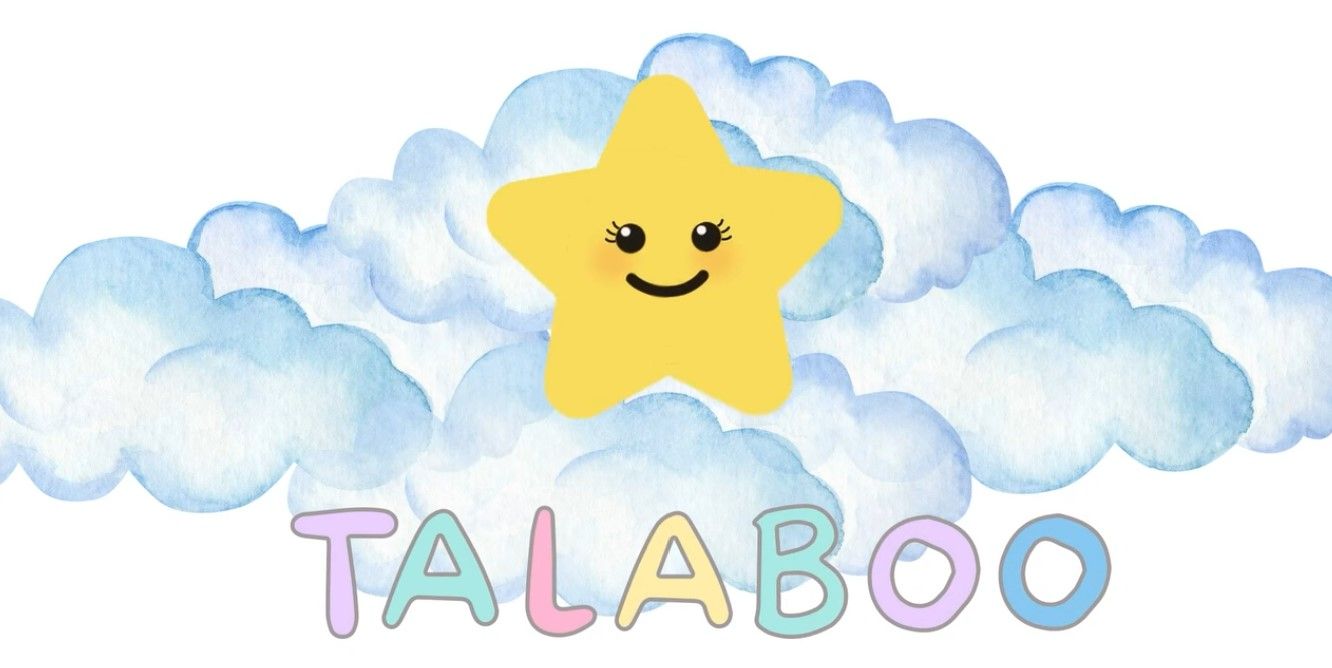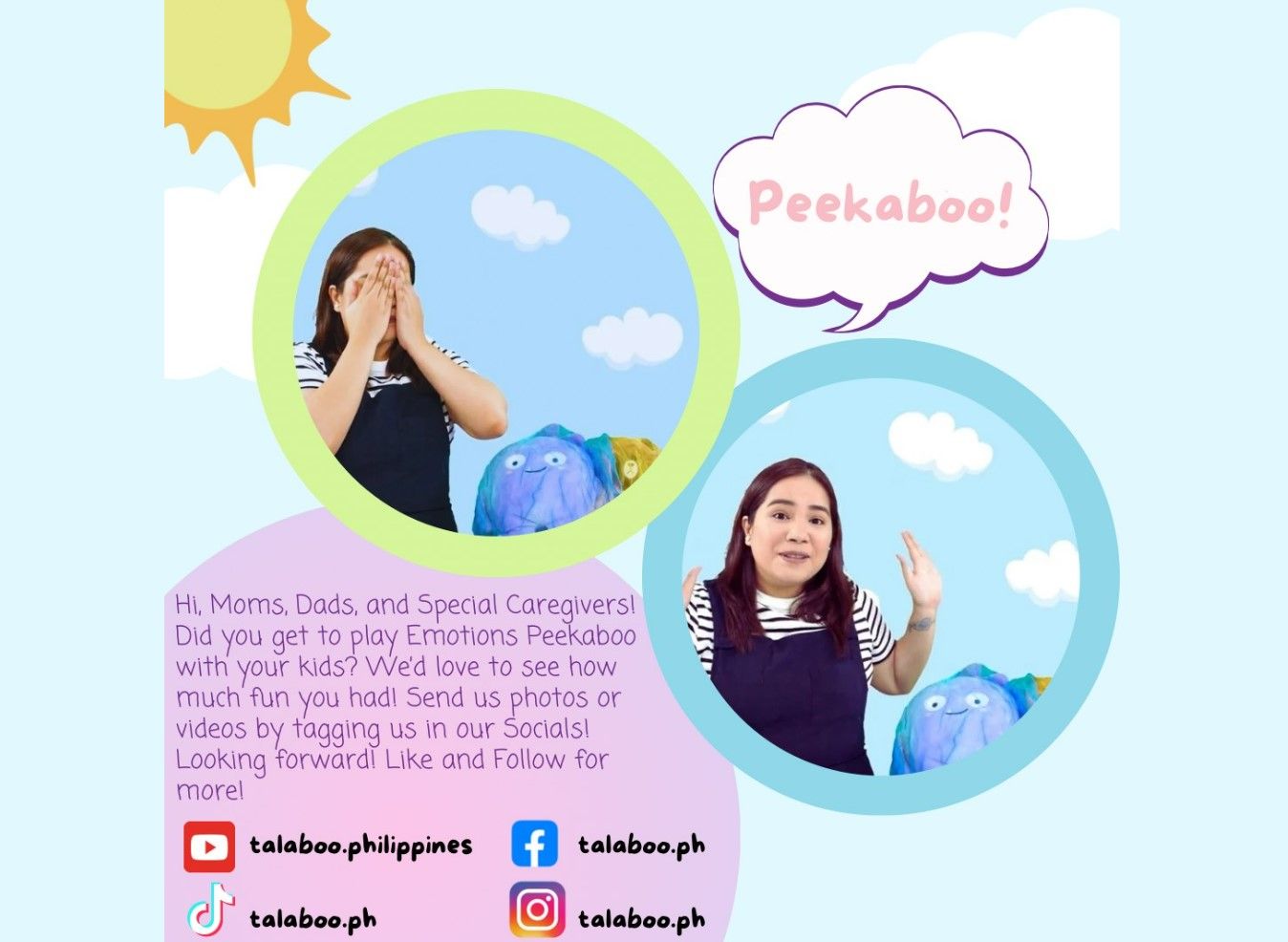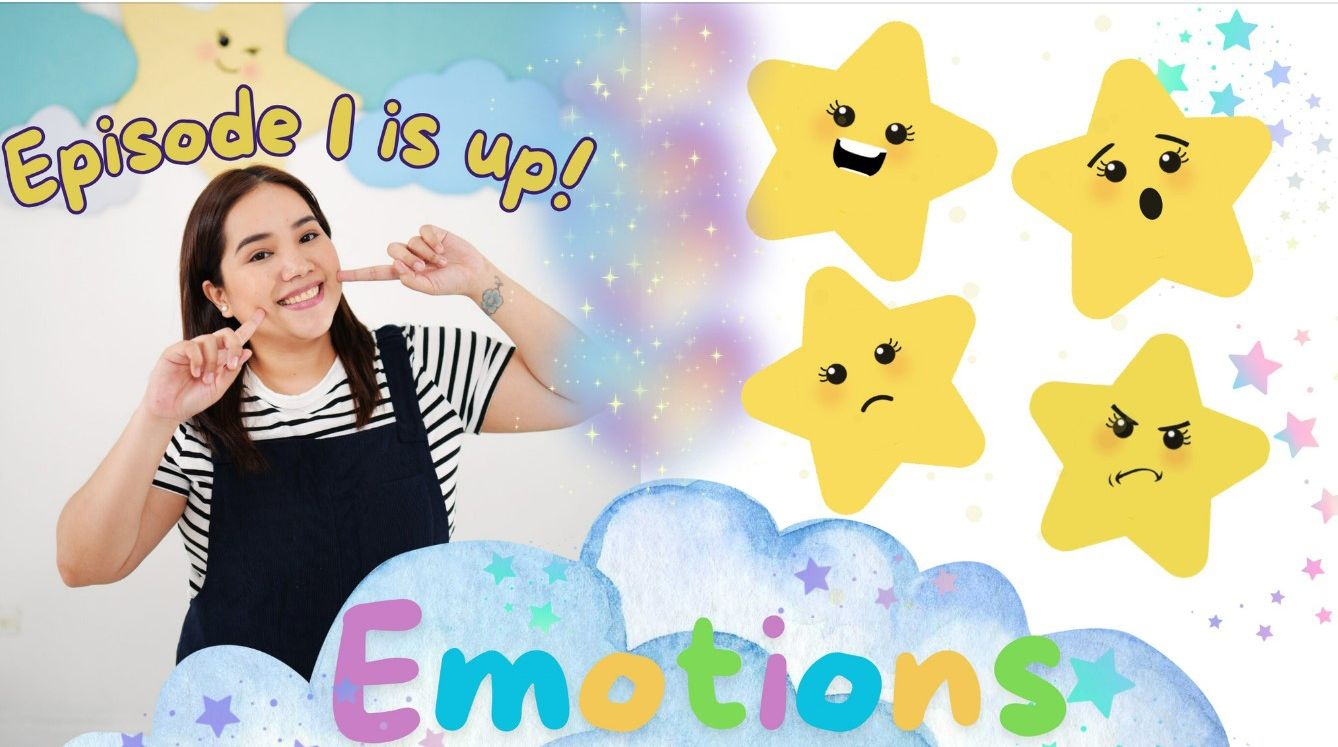Children's entertainment is often a cacophony of colors, characters, and sounds. Talaboo, the new cool kid in town, dares to be different. Talaboo is a unique bilingual program from the creative minds of educators Giselle Braganza-Sison and Cherrish Dela Cruz-Harju.
The educational program offers a refreshing alternative—one that not only slows down the pace but also places the Filipino language at the heart of its narrative. It’s a reminder that in our race toward progress, we shouldn’t leave our native language behind.
The inspiration for this passion project, as Dela Cruz-Harju puts it, comes from the stark reality that most kids prefer the Internet over television. "They are there [online], but there is nothing for them there," she explained. Braganza-Sison added that this struggle is particularly acute among kids in private schools where English is the language of instruction, oftentimes having to pay the consequences of accidentally uttering a Filipino word. The result is a generation that views Filipino as a secondary language, an academic hurdle rather than a cultural treasure.

One of the most compelling aspects of Talaboo is its commitment to bilingualism. The show doesn't force children to choose between English or Filipino. Instead, it embraces both, showing that it's possible to be fluent, articulate, and proud in both languages. "We should recognize and acknowledge Filipino as our language, not just something to learn to avoid being scammed, but something to learn as a language of learning," Dela Cruz-Harju remarked.
Braganza-Sison also explained that the cognitive and social benefits of bilingualism are often overlooked and that it is time to change that. Talaboo seeks to foster a positive attitude toward the Filipino language, encouraging children to see it not as a subject to be endured, but as a "language of learning, conversation, and culture," as Dela Cruz-Harju proudly puts it.
But Talaboo isn't just about learning how to speak Filipino and English; it's about reimagining how we teach and connect with children.
In contrast to the hyper-stimulating content that saturates every screen and tablet today, Talaboo prides itself on being an educational program created in a low-stimulation format.
It's slower, softer, and most of all, more human. The program leans on rich language and meaningful conversations, with characters like Ate Hana pausing to ask questions to invite children to engage rather than passively consume content the whole time. It's a far cry from the frenetic pace of shows like Cocomelon, which can leave kids glued to the screens, a detrimental effect on their cognitive development.
The process
The creative process behind developing Talaboo's content is as thoughtful as its format. Translating traditional classroom lessons into an online program is no easy feat. Braganza-Sison and Dela Cruz-Harju had to think beyond the confines of the classroom, making sure that each episode would be compelling enough for a young audience that doesn't know them personally. Themes and topics are chosen with care— relevant, relatable, and developmentally appropriate for preschoolers.

When asked about the conceptualization of lessons, Braganza-Sison and Dela Cruz-Harju shared that the lessons are carefully structured to create a balanced and enriching experience for young viewers. The plan is to introduce a theme and have it unfold with supporting content for the next two weeks to reinforce learning before introducing a new theme or topic. This allows for a deep exploration of the topic.
Recognizing the importance of real-world interactions, Talaboo episodes include screen time guidelines too, emphasizing that the program is meant to be a supplement to, not a replacement for, face-to-face conversations and immersive activities.
At the end of each episode, parenting tips are provided, encouraging families to engage in activities outside of the screen. This approach highlights that Talaboo not only supports academic growth but also nurtures social skills and emotional intelligence, offering a holistic educational experience for the children and even the parents.
New cool kid in town
The creation of Talaboo was rooted in a desire to craft something uniquely Filipino yet universal. The name "Talaboo" is a playful blend of "tala," meaning star, and "boo," reminiscent of the surprise in a game of peekaboo, or "bulaga" in Filipino. This name, much like the character it represents, is intentionally gender-neutral—to reflect the inclusive nature of the Filipino language, which doesn’t rely on gendered pronouns.

In Filipino, the word "siya" seamlessly refers to both "he" and "she," a linguistic feature that Talaboo proudly embraces.
The concept of making Talaboo gender-neutral is woven into the character design: a star that isn't bound by the typical pink or blue— colors often associated with girls and boys— but shines in a warm, welcoming yellow instead. With its non-binary essence, Talaboo celebrates the inclusivity inherent in the Filipino language, making it an ideal guide for children as they explore the rich world of bilingualism.
Talaboo team
Talaboo is brought to life by a small team. With just one editor on board, every aspect of the show is meticulously crafted, from the lessons to the original song composed by Dela Cruz-Harju and performed by her nephew. Dela Cruz-Harju's goal is to fill a crucial gap in Filipino children’s entertainment, as there are few nursery rhymes available in Filipino.
Impact and future plans
Talaboo is created with love and care, which only attracts more positivity. Feedback from parents and viewers has been overwhelmingly positive, especially from parents overseas and pediatricians who appreciate the show's educational value and low-stimulation format. Talaboo is currently entirely self-funded by its creators, and despite its limited funding, the impact has been profound.
Looking beyond, the creators of Talaboo have big dreams. They hope to introduce more characters and extend episodes into homes through worksheets, activities, and even merchandise like finger puppets!